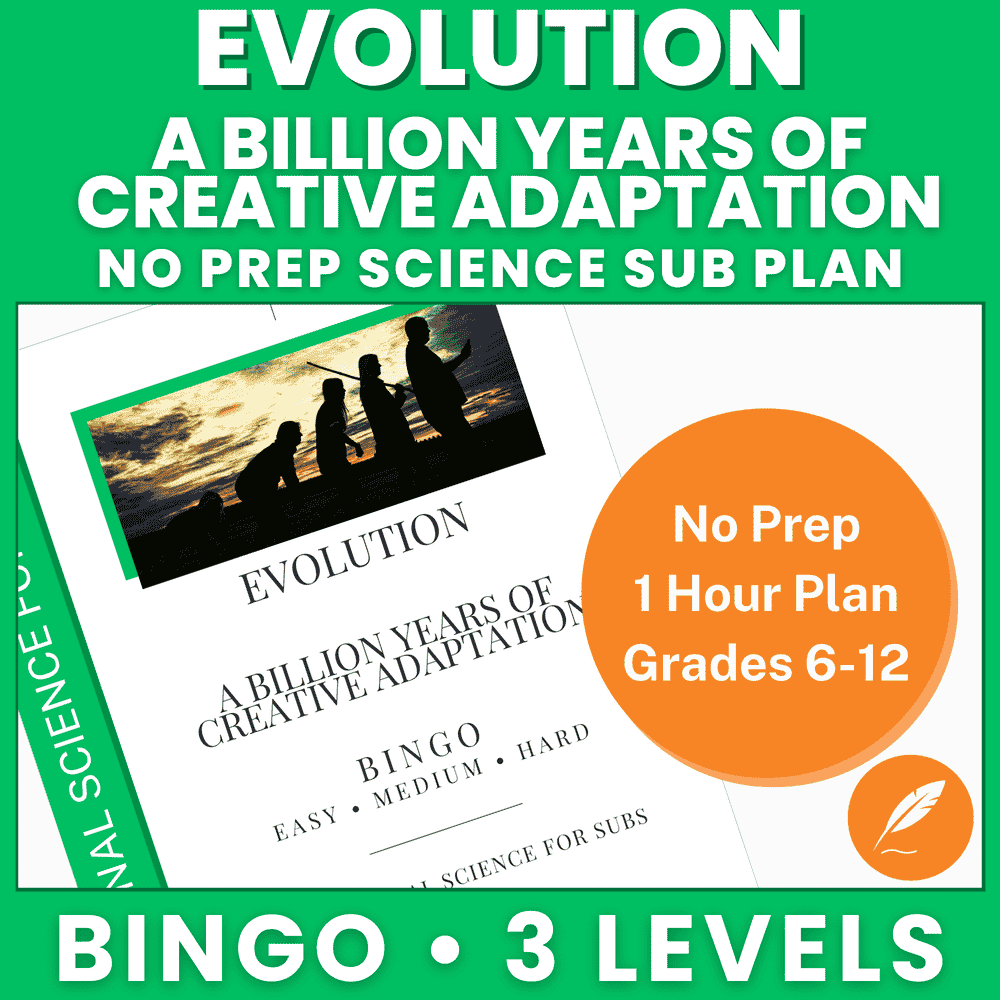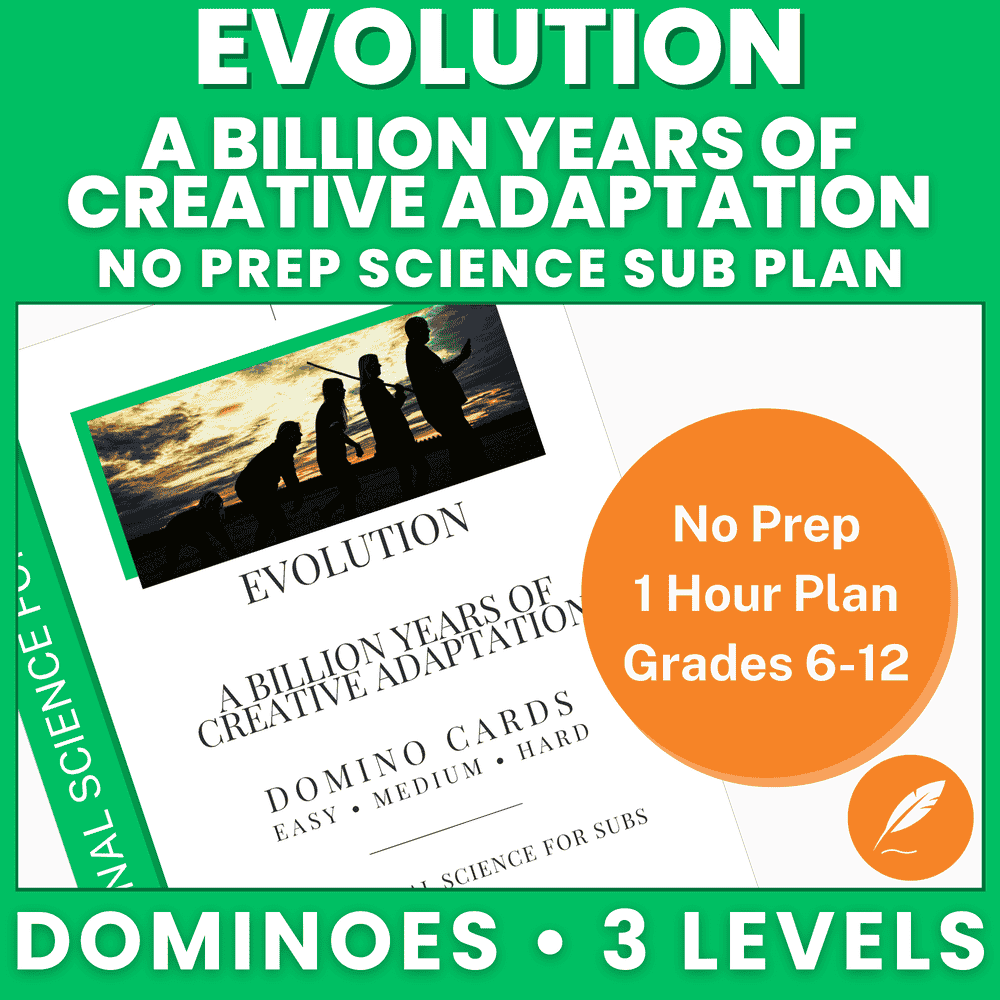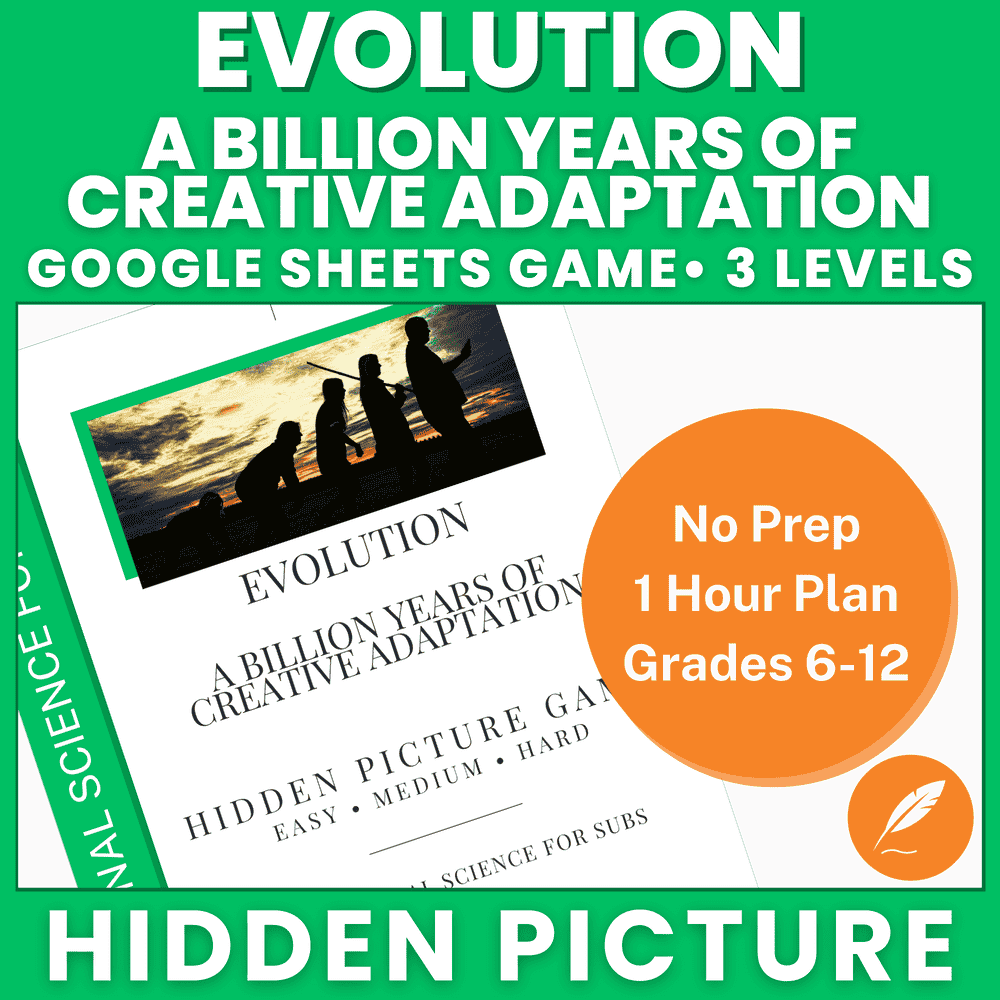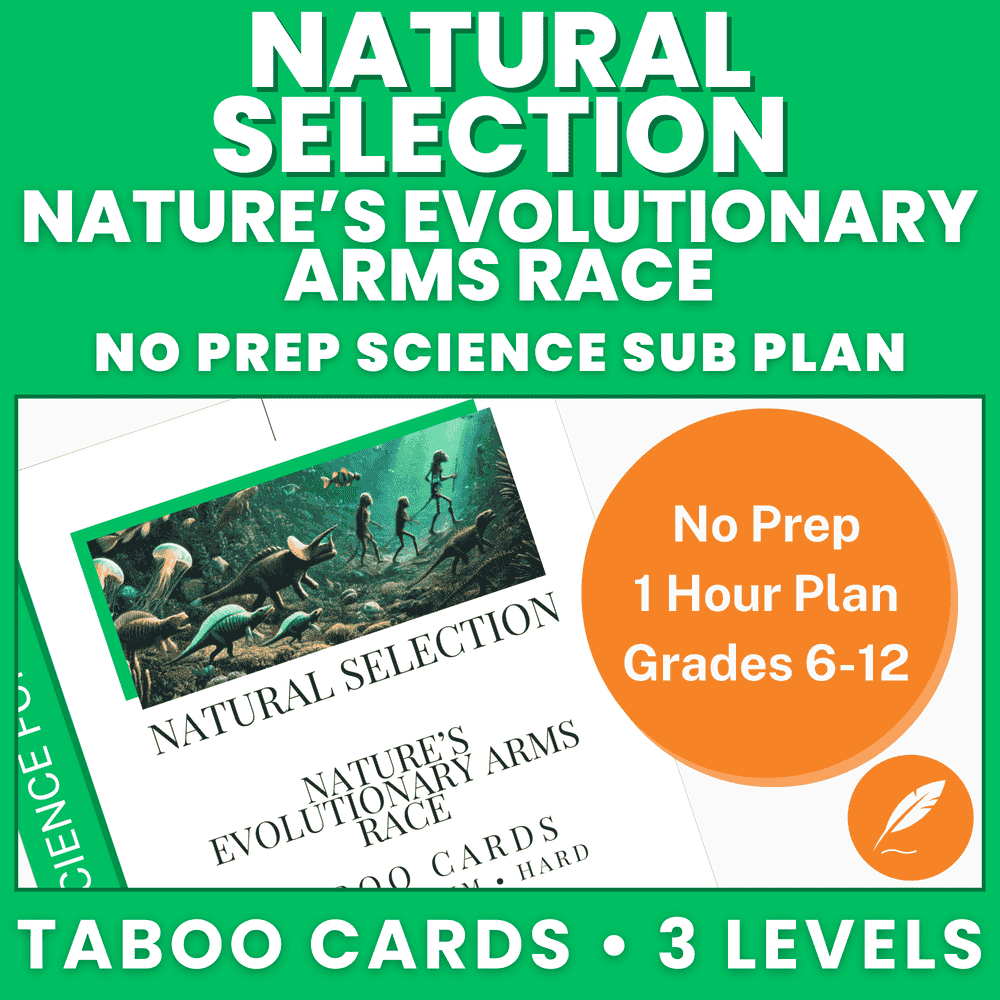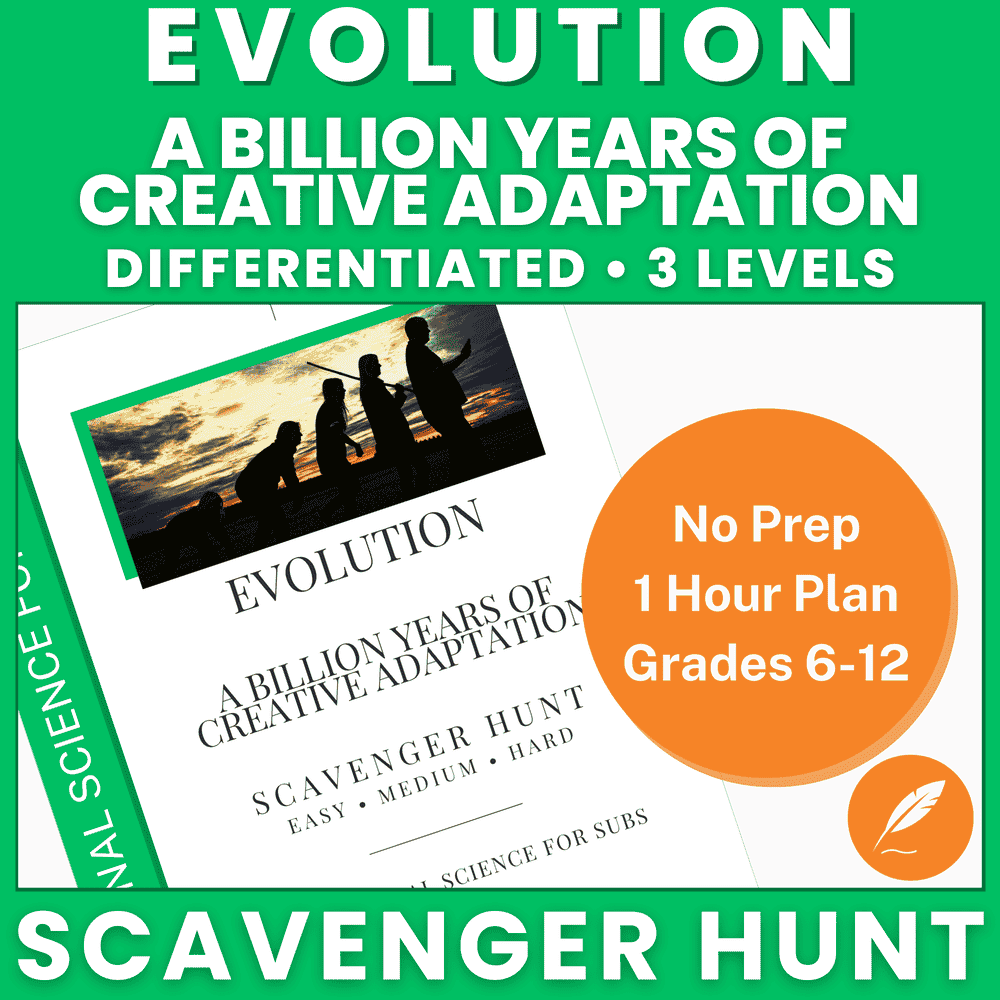Bingo Beyond the Board – A Fun and Effective Science Learning Tool
Bingo isn’t just a game for rainy afternoons or village halls—it’s a classroom gem waiting to shine. Using bingo game activities to teach complex topics can transform dry lessons into moments of discovery and excitement. It’s simple, interactive, and adaptable for any subject, from science to history. Plus, it encourages active participation, teamwork, and critical thinking. If you’re looking for a way to keep students engaged while reinforcing key concepts, bingo might just be your best ally. But how do you turn a traditional game into a powerful teaching tool? Let’s dive into the possibilities!
More...
The Science of Bingo: How it Works
At first glance, bingo might seem like a game of pure luck. But in the classroom, it’s so much more than shouting “house” or checking off numbers. The magic lies in its structure—bingo is built around recognition, reinforcement, and recall. When you incorporate bingo game activities into lessons, students actively engage with content, strengthening their understanding of key concepts as they play.
The game’s fast-paced nature keeps students alert and focused. Every call-out is a mini-quiz, encouraging players to match terms or answers on their cards. This repetition subtly cements knowledge, turning complex topics into something manageable and even fun. Better yet, the competitive element taps into natural motivation, making students want to participate and learn.
Whether it’s identifying science vocabulary, solving maths problems, or reviewing historical events, bingo is easily adaptable to any subject. And because it’s interactive, students aren’t just passive recipients—they’re involved in their own learning process. That’s the real science behind bingo: it blends entertainment with education seamlessly.
But how does this translate into long-term benefits for your classroom? Let’s explore how bingo not only enhances learning but also transforms the way students approach challenging topics.
Check out our Bingo Games on TPT - complete with 3 difficulty levels for each lesson plan! Whether you're looking for Physics, Chemistry or Biology Bingo Games, we've got you covered!
How Bingo Games Enhance Learning
Bingo isn’t just about fun—it’s a clever way to bring learning to life. The game’s format encourages active participation, keeping students on their toes as they listen, think, and respond. Unlike traditional methods where students might zone out, bingo creates a lively and dynamic atmosphere, transforming lessons into memorable experiences.
One of the biggest strengths of bingo game activities is how they tap into multiple learning styles. Visual learners benefit from seeing information laid out on their cards, auditory learners thrive on listening for clues, and kinaesthetic learners stay engaged through the physical act of marking off squares. It’s a win-win situation for everyone!
#BingoGames are a creative way to boost #ClassroomEngagement while tackling complex subjects. Ready to play? #EducationalBingo #TeachingStrategies #ScienceTeachers @inspirationalscienceforsubs
Bingo also reinforces key concepts without students even realising they’re working hard. Each round is an opportunity to review, recall, and apply knowledge. And because it’s interactive, students develop confidence as they recognise patterns and connections between ideas.
Even better, the game’s competitive edge adds a sense of urgency, making every question feel important. Students naturally sharpen their focus and learn to think on their feet—skills that extend far beyond the classroom.
But the magic of bingo doesn’t stop there. Let’s explore the specific benefits it brings to your teaching toolkit.
Check out our Domino Games on TPT - complete with 3 difficulty levels for each lesson plan! Whether you're looking for Physics, Chemistry or Biology Domino Games, we've got you covered!
The Benefits of Bingo in the Classroom
Bingo isn’t just a game—it’s a teaching powerhouse! When you bring bingo game activities into your classroom, you’ll find that the benefits go far beyond filling up a grid. For starters, bingo is a brilliant way to boost student engagement. It breaks the monotony of traditional lessons and replaces it with excitement and focus. The competitive element? It keeps students energised and eager to participate.
What’s more, bingo creates a space where learning feels effortless. As students match answers or concepts to their cards, they’re practising recall, improving memory, and reinforcing what they’ve learned without even realising it. This natural repetition makes it an excellent tool for revision or introducing new topics.
Bingo also encourages collaboration. Whether played in teams or individually, it sparks lively discussions and helps students support each other’s learning. Plus, the adaptability of bingo means you can tailor it to suit any subject or age group—maths equations, historical dates, or scientific terms can all find a home on those bingo cards.
And let’s not forget inclusivity! Because bingo is simple to understand and play, it’s perfect for mixed-ability groups. So, why not give it a go? The results might surprise you!
Creating Engaging Bingo Games
Designing bingo games that captivate students isn’t as tricky as it sounds. The secret? Make it meaningful, interactive, and tailored to your students’ interests and needs. Start by choosing a topic that aligns with your lesson goals. Whether it’s vocabulary for language learning or equations for maths, the possibilities are endless.
Once you’ve got your theme, think about your content. For a truly engaging bingo game, ensure the questions or prompts challenge your students but don’t leave them scratching their heads too long. You could include fun twists, like clues with riddles, multiple-choice options, or even visual cues for younger learners.
The presentation of your bingo cards matters too. A vibrant layout with bold fonts and themed images adds an element of fun, encouraging students to dive in with enthusiasm. And don’t forget variety—rotate your bingo formats. For example:
- Traditional Bingo: Students mark off answers to questions.
- Picture Bingo: Ideal for subjects like famous scientists or their inventions.
- Quickfire Bingo: Rapid question rounds for revision sessions.
Lastly, keep the stakes exciting. Whether it’s small prizes, bonus points, or just the bragging rights of shouting “Bingo!” first, a little friendly competition always gets the classroom buzzing.
Check out our Google Sheets Hidden Picture Games on TPT - complete with 3 difficulty levels for each lesson plan! Whether you're looking for Physics, Chemistry or Biology Hidden Picture Games, we've got you covered!
Using Bingo for Different Subjects
Bingo’s versatility makes it a fantastic fit for virtually any subject. Whether you’re tackling tricky science topics, exploring history, or reinforcing vocabulary skills, there’s a bingo variation for the job.
For biology, you might create bingo cards filled with key terms like “photosynthesis” or “mitochondria.” Call out definitions, and students match them with the corresponding terms. It’s a great way to cement vocabulary while keeping the energy high.
In maths, why not swap numbers for equations or problems? For instance, you could announce “12 divided by 3,” and students mark the answer on their cards. It’s a quick-fire method to practise operations or algebraic expressions.
Historical events in science classes benefit too. Use dates, events, or famous scientific figures. A prompt like “This scientist built the atomic bomb” could have students scrambling to tick off “Robert Oppenheimer”.
The key is adapting the game to the subject’s unique challenges. Whether it’s chemical formulas or science vocabulary, bingo brings an interactive twist to topics that might otherwise feel abstract or overwhelming. You’ll find students stay focused, engaged, and eager for the next round.
Check out our Taboo Style Games on TPT - complete with 3 difficulty levels for each lesson plan! Whether you're looking for Physics, Chemistry or Biology Taboo Style Games, we've got you covered!
Designing Bingo Games for Complex Topics
When it comes to teaching complex subjects, bingo isn’t just a fun distraction—it’s a strategic way to reinforce difficult concepts in a relaxed and interactive way. The key to designing a successful bingo game for challenging topics is making sure the content is engaging, yet straightforward.
Break Down Complex Ideas
Start by breaking down the complex topic into bite-sized pieces. For instance, if you’re teaching genetics, instead of using terms like “genetic drift,” focus on more digestible concepts such as “alleles,” “phenotype,” or “dominant traits.” This approach makes it easier for students to connect the dots.
Create Clear Definitions or Questions
Next, craft clear definitions, questions, or statements related to the topic that can be called out. For instance, in a chemistry bingo game, you might say, “This element is a noble gas,” and students would mark off “Neon.” Make sure the prompts aren’t overly complicated, but still reflect the depth of the subject.
Provide Visuals
Where possible, incorporate visuals—like diagrams or images—into the bingo cards. This helps reinforce learning by connecting terms to visual cues, especially when dealing with abstract concepts like the structure of atoms or cellular processes.
By designing bingo games this way, you’ll be able to reinforce understanding, boost retention, and make complex topics feel more accessible for your students.
Check out our Scavenger Hunt Games on TPT - complete with 3 difficulty levels for each lesson plan! Whether you're looking for Physics, Chemistry or Biology Scavenger Hunt Games, we've got you covered!
Tips for Implementing Bingo Games Effectively
Implementing bingo games in your classroom can be a real game-changer, but to get the most out of it, a little planning goes a long way. Here are a few tips to ensure you’re using bingo in the best possible way.
1. Keep it Relevant
To make sure your students stay engaged, tailor the bingo cards to the specific topic you’re teaching. Whether it’s science concepts or science vocabulary practice, the key is relevance. The more the bingo content aligns with your current curriculum, the more effective the game will be for reinforcing learning.
2. Mix Up the Formats
Variety is the spice of life, and bingo is no exception. Try adding different formats like “blackout” bingo, where students mark off all the squares, or “4 in a row” to mix things up. This keeps the game fresh and engaging for everyone involved.
3. Set Clear Rules
Before starting, make sure everyone understands the rules. Explain how the game works, how students will mark their cards, and what counts as winning. A little bit of clarity upfront will prevent confusion and keep the game running smoothly.
4. Incorporate Active Participation
Encourage students to discuss and explain answers aloud as the game progresses. This keeps everyone active and involved and promotes peer-to-peer learning.
By following these tips, bingo games will become a fantastic tool that helps you engage your students while reinforcing complex topics.
Overcoming Challenges and Common Misconceptions
Bingo in the classroom is a fantastic tool, but like any teaching method, it comes with its challenges. Let’s tackle some of the most common misconceptions and hurdles you might face.
Bingo is Too Simple for Complex Topics
It’s easy to assume that bingo is just for fun or basic review, but that couldn’t be further from the truth. When used creatively, bingo can teach even the most complex concepts. For example, in a biology class, you can design a bingo card filled with terms related to genetics, where students have to connect definitions to terms. Bingo doesn’t just test memory; it encourages deeper understanding.
Bingo is Too Time-Consuming to Set Up
Creating a bingo game might seem like a lot of work at first, but once you have a template, you can adapt it quickly for different topics. You can even find ready-to-go bingo templates online, making it a breeze to implement in your classroom.
Not All Students Will Enjoy Bingo
Some students might feel bingo is a bit juvenile. The key here is to make sure the content aligns with their level of learning and interests. Once students see that bingo is more than just a game, they’ll be more engaged in the activity.
By addressing these challenges and misconceptions, you’ll see how effective bingo can be as a learning tool!
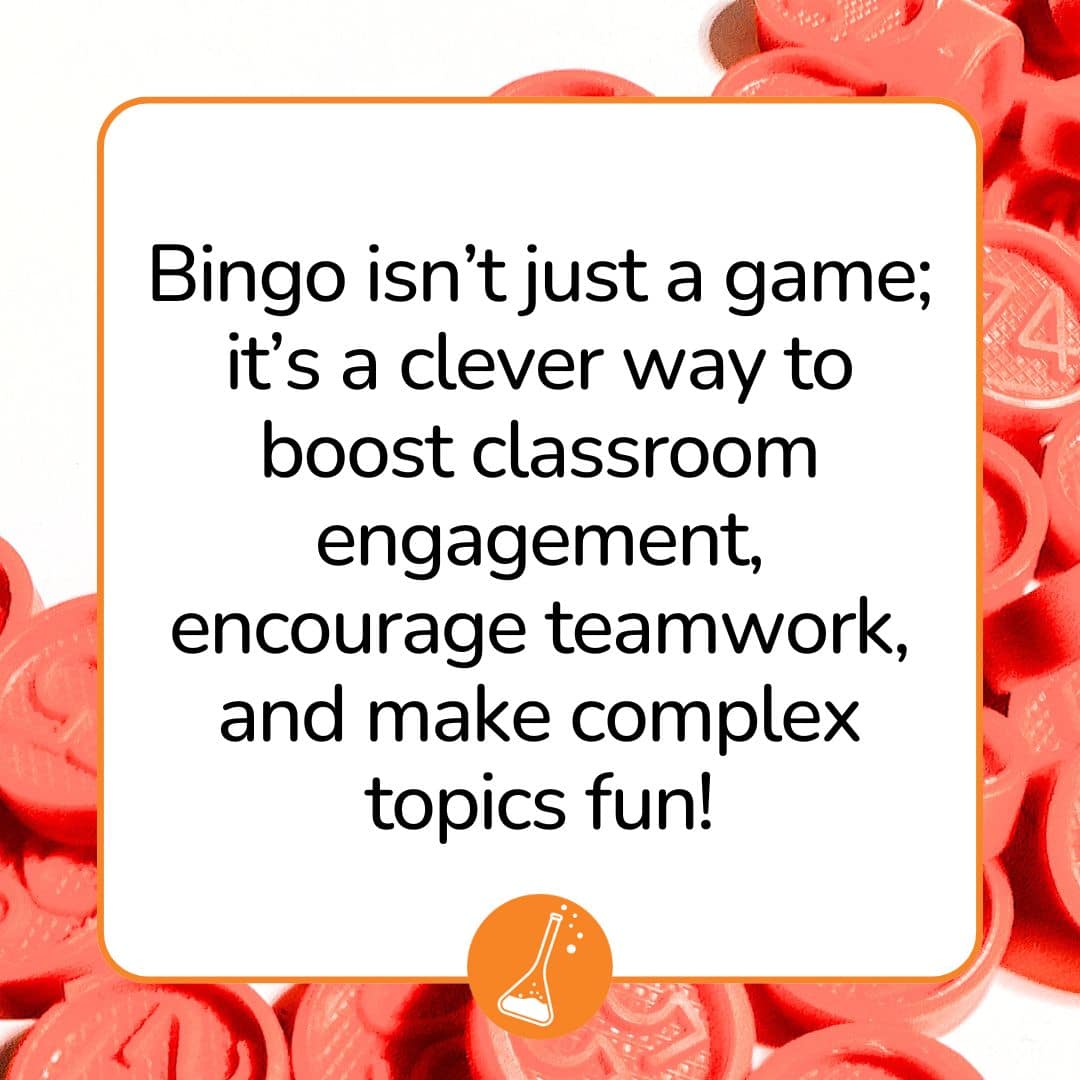
The Impact of Bingo Games on Student Engagement
Bingo isn’t just a fun activity – it’s a powerful tool for boosting student engagement. When you introduce bingo into the classroom, students are often more excited to participate, and here’s why:
Active Participation
Unlike traditional lectures or passive reading activities, bingo games require students to actively engage with the content. Whether they’re listening to clues, recognising terms, or interacting with their peers, students are constantly involved, making learning more dynamic and less of a passive experience.
Friendly Competition
The competitive element of bingo adds excitement and motivates students to stay alert. This friendly competition can spark interest in otherwise dry subjects, encouraging them to focus and retain the material in a fun, interactive way.
Promotes Collaboration
Bingo games often work best when played in teams, which encourages students to collaborate and discuss the material. This group work builds communication skills and deepens their understanding of the content, as they work together to win the game.
By making learning interactive and enjoyable, bingo games have a huge impact on student engagement, helping them connect with the material in a meaningful way. When students are excited about learning, they’re more likely to retain what they’ve learned and stay motivated throughout the lesson.

Enjoyed the article?
The Future of Bingo in Education
Bingo has come a long way from being a simple game of chance at family gatherings. In the classroom, it’s evolving into a dynamic educational tool, and its future looks bright.
Embracing Technology
As education becomes more digital, bingo games are going online! Virtual bingo platforms are already popping up, allowing teachers to incorporate interactive digital elements into their lessons. Imagine students playing bingo on their devices while engaging in online quizzes or using multimedia to enhance their learning experience.
Personalisation of Learning
In the future, bingo can be tailored to meet individual student needs. Teachers will be able to create bingo games that focus on specific learning goals or areas where students need extra practice. This personalisation will ensure that each student has an engaging experience, reinforcing their understanding of complex topics.
Gamification and Beyond
As gamification continues to play a bigger role in education, bingo will likely be part of an expanding toolkit for teachers. Expect to see more bingo-style games integrated with other educational apps and platforms, creating even more opportunities for fun, effective learning.
Bingo is becoming a modern, adaptable educational tool that’s ready to make an even bigger impact on student learning in the years to come. Keep an eye on it – the future of bingo in education is looking very exciting!
Summary: Bingo - A Powerful Tool for Learning
Bingo isn’t just a fun game; it’s a powerful educational tool that can help make complex topics more accessible and engaging for students. Whether you're teaching science, history, or maths, bingo games bring a fresh, interactive approach to the classroom. With its ability to improve focus, enhance memory, and foster friendly competition, bingo is an excellent way to reinforce key concepts. As it evolves with technology, you’ll find even more ways to incorporate it into your lessons. So, next time you want to liven up a lesson, why not try using bingo to boost your students' learning?

